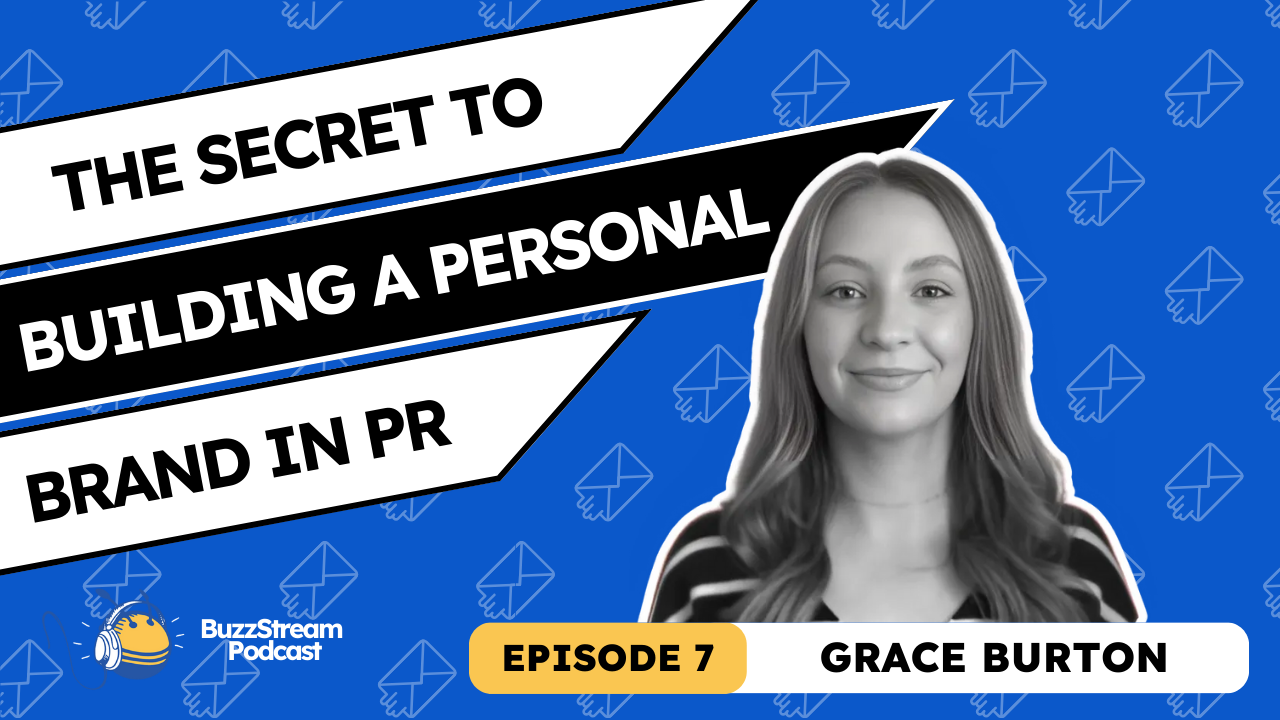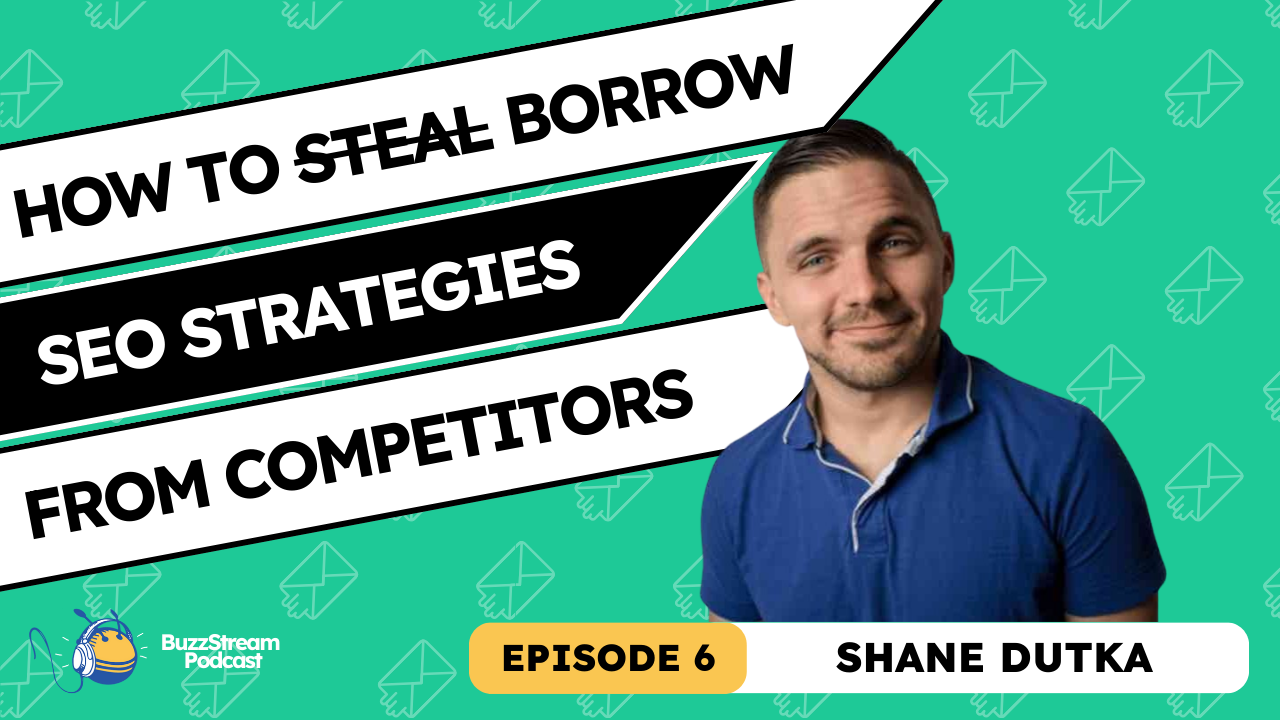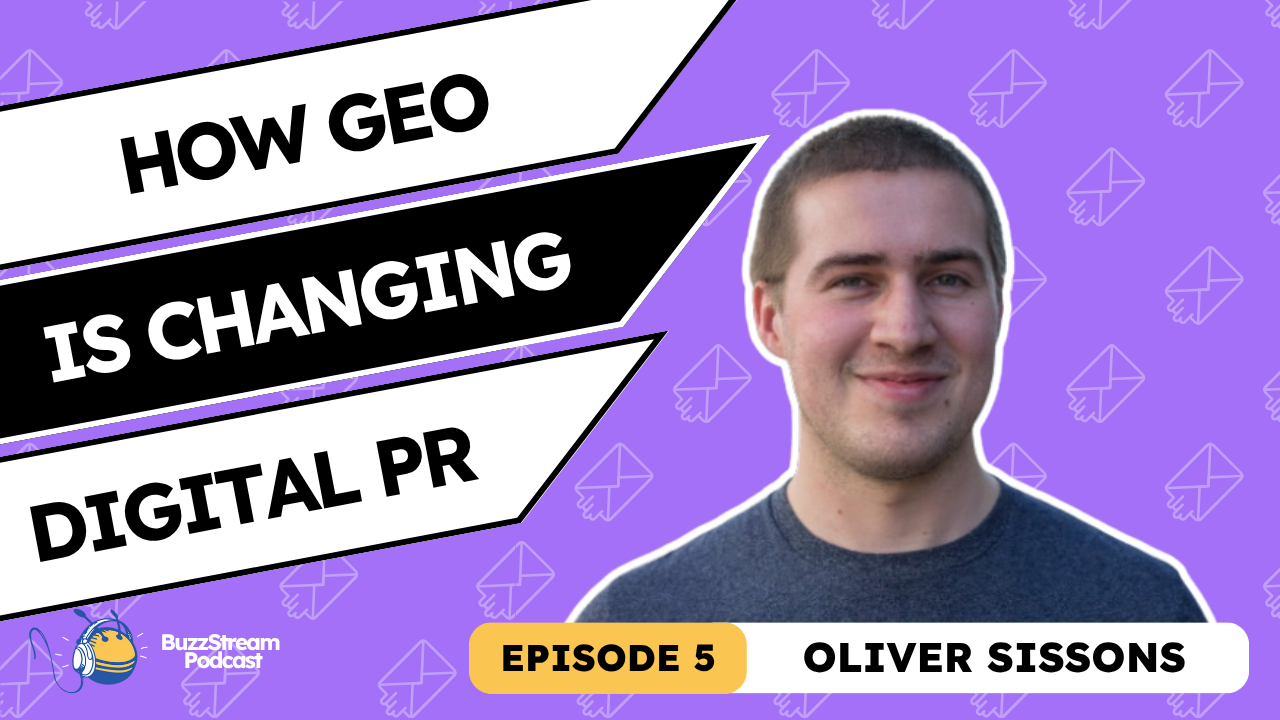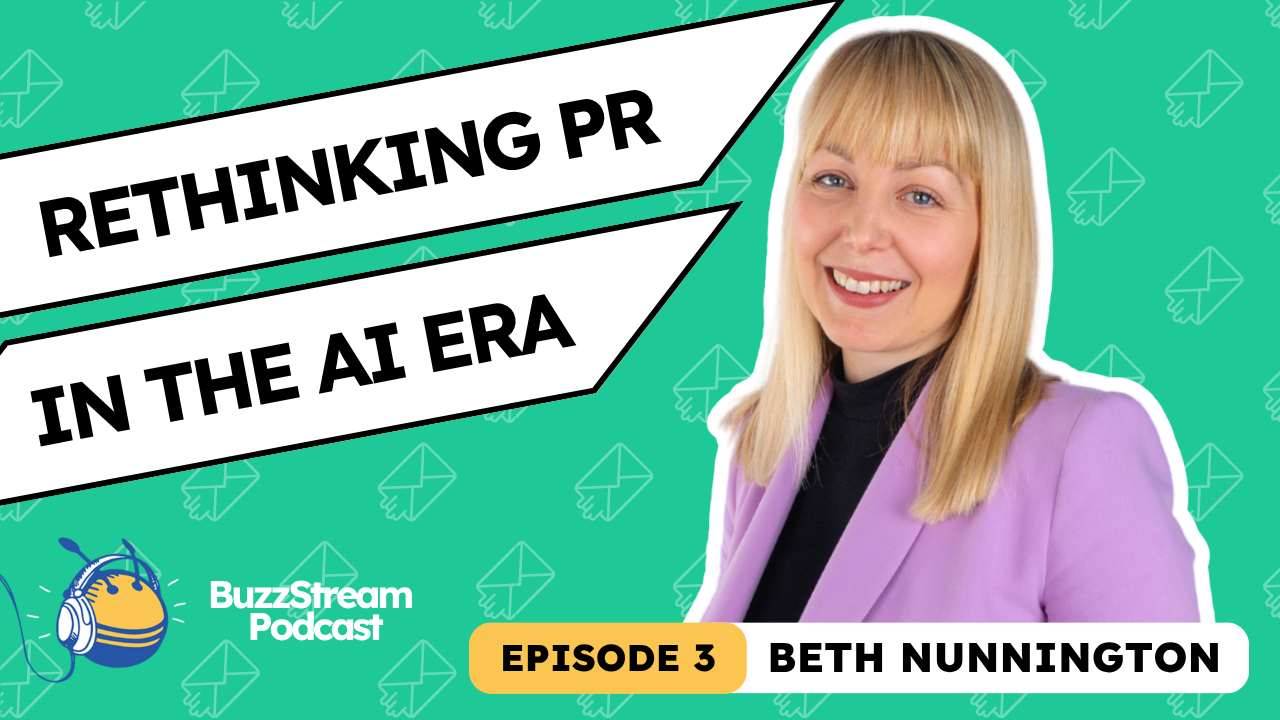Table of Contents
Help a Reporter Out (HARO) is back!
Starting April 22, the first email requests will go live.
I spoke to Brett Farmiloe, Founder of Featured.com and now leading the relaunch of Helpareporter.com (HARO), to get a rundown of why they acquired HARO and their plans to fight spam and AI Content and revamp HARO’s (somewhat tarnished) image.
I’ve already seen detractors on social media, but my take here is to give it a chance. The more tools we have, the better we are as an industry. We should be rooting for it to succeed, not fail 💪.
I highly recommend listening to what Brett says if you’re even remotely interested in HARO.

-
HARO is returning as an email newsletter on April 22.
-
Verification will rely on tools like AI text detection, image analysis, LinkedIn checks, and community reporting.
- Journalists share the responsibility of vetting “experts”.
-
Brett made it clear: if you’re not helping a reporter out, you’re banned for life.
-
Though primarily U.S.-based, HARO has always had an international footprint, especially in the UK and Australia.
-
Brett sees HARO and Source of Sources as complementary tools filling a gap left by Connectively.
-
HARO is open to continuous feedback from the community.
Vince: Hello, everyone, and welcome to another edition of the BuzzStream podcast. My name’s Vince Nero, and I’m your host. Today, I’m thrilled to share some kind of breaking news with you all here with Brett Farmiloe, the CEO of featured.com. Brett has a really exciting announcement to make.
Brett: We’ve acquired a Help a Reporter Out (HARO) from Cision and are bringing it back.
So yeah, it’s been a very exciting day here in Scottsdale. It’s been met with a lot of enthusiasm, many people who have missed the platform.
For anyone who followed Help Reporter Out, I was launched around 2008 and acquired in 2010. Vocus merged with Cision in 2014, and on April 24, Cision decided to rebrand itself to Connectively.
Then, on December 24, they decided to discontinue Connectively. And here we are. It’s April 15th, 2025, and it’s officially back our first email.
From Help Reporter Out, we’ll go out on April 22nd. If you go to helpareporter.com today, you can sign up and submit a query. That’s awesome.
Vince: Yeah, that is really awesome. I know a lot of hearts were broken when Connectively finally closed their doors, but I think the general consensus was that the overall quality of the requests and the platform and everything seemed to have gone downhill since it was sold, I guess, back in the day.
I’m gonna jump around here. I prepped you, Brett, a little bit with a couple of questions I wanted to ask, but, I, let’s get the big one out of the way in the beginning,
What is going to make this go better? Why did you buy HARO? What are you going to do to revamp this image?
What do you plan on doing better than HARO’s last owners?
Brett: Yeah. I think at the core of it, there’s magic still to be had at Help A Reporter Out.
That’s plain and simple.
The fundamental belief that led us to pursue the acquisition and move forward on it—I think that magic has been realized for me personally over many years of running Featured.com.
Well, I’ll describe what we do as a platform connecting subject matter experts with publishers to create high-quality content.
With that pitch, inevitably, someone gets a look in their eye, and they feel the nostalgic experience coming back to them.
They’re like, oh, like that thing? And I’m like, Help A Reporter Out.
So I think that, even though it’s been discontinued for several months, like a whole year, people still bring up Help A Reporter Out to describe the process of connecting with a journalist to get featured in the media.
And so that’s why I believe there’s still magic to be had in the platform.
With that said, obvious things started to plague the platform, which may or may not have led to its discontinuation from the end.
We’re aware of some of those shortcomings, and we’re excited to jump into it. I think we’ve got a multi-year headstart on it because we’ve had to face those things through Featured.
We’ve had to face fake personas.
We’ve had to face AI-generated pitches, we’ve had to face all the different things.
Things that are surfacing, especially recently in the media. I think that there’s quite a few stories that have started.
And publications that have had to retract stories because they’ve featured people who aren’t actual people.
So I think that, that’s a challenge that we’re well equipped to tackle.
Vince: Yeah, for people not following along. I think it was last week actually. So again, we’re recording this April 15th, so it was like April 8th or something. A report came out from the Press Gazette talking about how, I think it was the Independent, does that sound right?
Brett: Yeah. They, I know that they did their own study. They published a couple different articles about this, but it was like fake experts that were duping journalists.
Vince: Yeah. Yeah. So obviously that’s a big problem. I think you mentioned the other big one being people just creating AI texts and pushing that as expert quotes.
So yeah, let’s dig into a little bit. I don’t know if you have any details that you’re able to share at this point, but I’d love to know what you’re doing to help keep those fake people off the platform, the fake personas.
What will you be doing to keep people from creating fake personas?
Brett: Yeah, I can talk a little bit about it. From a high level, I think it’s a shared responsibility.
I think it’s a shared responsibility of a platform like ours and the journalist or reporter who will feature a source and a story. And the hard, the hardship, the challenge with it is that a reporter is in a kind of a do more with less environment.
So sourcing an expert from a platform like ours and verifying that source is just an extra step that they wouldn’t have to do in an ideal world, and they could just put that responsibility entirely on a platform.
I don’t think it’s an ideal world, especially as the AI era rises.
So, I think that it is a shared responsibility from a high level.
With that said, a platform like ours is the top priority that we’ve got to focus on.
I think it’s a combination of using AI tools to combat AI.
You could do that by detecting AI text.
We use some AI image verification tools to see if a headshot is an AI image generator, which is helpful.
Certain other requirements apply, such as signing up with a LinkedIn URL on Featured.
So, it’s relying on their resources to detect.
If a profile doesn’t exist on LinkedIn, then, you know, a profile shouldn’t exist from an expert verification.
And then the last thing is just giving your community the tools to report and combat that.
So I think there are a variety of things to consider when using AI tools.
Using external sources’ community policing tools, monitoring the community, and having a stringent zero tolerance for it.
I think that’s going to be our main mentality.
Jumping into HARO is if you do anything that does not Help a Reporter Out, you’ll be banned from the platform forever.
We have other technology that prevents you from jumping from one email to another, so our work is cut out.
But I think that restoring the platform is a purpose that’s worth pursuing.
Vince: Yeah, and like you said, Brett, I feel like you guys do a good job on Featured.com of curating, the list there and like you have a head start.
You know the challenges that you’re facing.
It’s not like you’re coming into this out of nowhere.
And you know, maybe that was the case with Connectively and they, to me it just seemed like they didn’t prioritize it.
They, have been eating up a bunch of smaller platforms just for kind of market share worth and just didn’t prioritize it.
So that’s great to hear, man. I don’t know if you know this, but we also had Peter Shankman on to talk about Source of Sources when he relaunched it.
So, I’d love to hear your thoughts on this: Is this how you are differentiating yourself? Is this just another tool that people, PRs, can have in their toolkit?
How do you see yourself against the OG, as it were? Peter Shankman, Source of Sources now.
How will you differentiate HARO from Source of Sources?
Brett: I greatly respect Peter and love what he’s done in identifying the absence of a product that has product-market fit with both sides of the marketplace.
And I think that’s the beauty of what Help Reporter Out was in its existence, the fact that it was a simple email newsletter that very simply connected a journalist with a source so that you could create an incredible story.
I think the thing that makes HARO special is the fact that it has the brand; it’s how people literally just describe what that process of connection is.
And so we’ve seen it just like today, with flicking the switch, bringing the website back online, and the interest on both sides because, and this is a funny story, when we were testing this out, we didn’t announce anything.
We just flipped the switch on HelpAReporter.com on a Friday afternoon just to test whether or not we were gonna be able to do this.
And within two minutes there was like 15 people who had signed up.
And this website hadn’t been just like branded traffic.
This website hadn’t been live in well over a year, and on a Friday afternoon.
Somehow, 15 people found this and just started signing up through referral traffic, organic searches, and stuff like that.
So we brought the site down and then didn’t want it to go out over the weekend until we could have had a proper announcement today.
So, I think that the strength is really just the brand.
If you look at any of the competing platforms out there, sometimes you will find a Google Help A Reporter or HARO.
And you’ll see those competing platforms position themselves as an alternative to HARO, even though HARO has not existed over the last year.
So it’s very much a word that people use to describe this process.
And so I think that’s the differentiation.
It’s just where people seek it out.
And we’ve seen a network effect. The more sources and publications you have, the stronger the platform is.
And so I think that, that’s really the competitive advantage here, is just the recognition that’s been established over, almost two decades.
Vince: Yeah, a hundred percent.
HARO is, what tissue is to Kleenex or vice versa.
Like it’s definitely synonymous with kind of this expert commentary, journo requests, that sort of thing.
I do have a specific question, and this might be obvious for some people, but is Haro right now only US-based, or is it for international?
Is HARO just US-Based?
Brett: So it’s always been a global audience. We intend just to revive what existed before, which is the right strategy for this.
Primarily US-based, but it’s huge in the UK, and it’s huge in Australia.
I think that there are 15 other countries where this is one of the premier platforms to turn to for media requests.
So, we intend to move it beyond just the US.
Vince: Yeah. And for people new to Haro can you just give a sense of let’s say putting Featured versus Haro, like how they compare.
Like why would one person wanna use Featured versus Haro?
When would someone want to use Featured.com vs HARO?
Brett: Yeah. It’s interesting.
I think that what we’ve learned through Featured and operating that platform over multiple years is that it’s really easy to submit.
I think it’s more highly technical.
It’s an actual platform you would go to whereas Help A Reporter Out is an email newsletter service that allows you to connect directly with the journalist, work that out via email and then work towards that feature in a publication.
What Featured.com does is that journalists and publications will ask a question, we’ll invite vetted experts to answer that question.
You’ll submit your answer, and then you’ll get featured.
And no connection happens with that platform.
It’s entirely based on who you are, your job title, how qualified your expertise is, and how helpful that is to the publication.
So publications look to Featured.com it as a way to source free, high-quality content.
I think with Help Reporter Out, you’re seeing journalists who are sourcing experts, and it’s sourcing a connection, which is really where that magic happens.
HARO was the best at connecting journalists with anyone in the world to gain unique insight.
So, I think it requires just a little bit more work on both sides, and the vehicle is that email newsletter platform.
whereas Featured has done an exceptional job of making it really easy for both sides to get what they need and move on.
Vince: Yeah. And then one other question specific to HARO here would just be the types of sites that you see, the types of people who are asking for expert commentary.
Do you see it leaning any specific industry or type of site? Is it news? Is it breaking news fashion, travel, that sort of thing?
Are there any other specifics you can lean into there?
What kinds of queries or industries is HARO best for?
Brett: Yeah. I think the problem that HARO solves for many reporters and journalists is the immediate need to connect with someone right now, like in 10 minutes or less.
And so I think the type of journalists you’ll see using HARO typically falls within different industries.
So, definitely, there’s business, technology, finance, lifestyle, and healthcare.
And then, pretty much a general category, that’s a catchall. So when a journalist goes to help reporter.com and submits a query, they could submit the category and then put it into the newsletter category.
So, I think that the demand and the type of publications that have traditionally used HARO are very extensive.
It’s every single noteworthy publication that you can imagine. I know that some newsrooms have different restrictions on which tools they can and can’t use.
But I think almost every outlet has used Help A Reporter Out at some point.
I think that the goal here is to revive the original version.
The real journey is how do we improve it?
The only way to improve it is by hearing feedback, hearing about the good, the bad, and the ugly. No detail is too small to share so that we can really improve this and move journalism and PR forward.
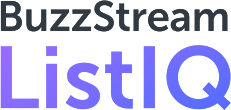
 End-to-end outreach workflow
End-to-end outreach workflow



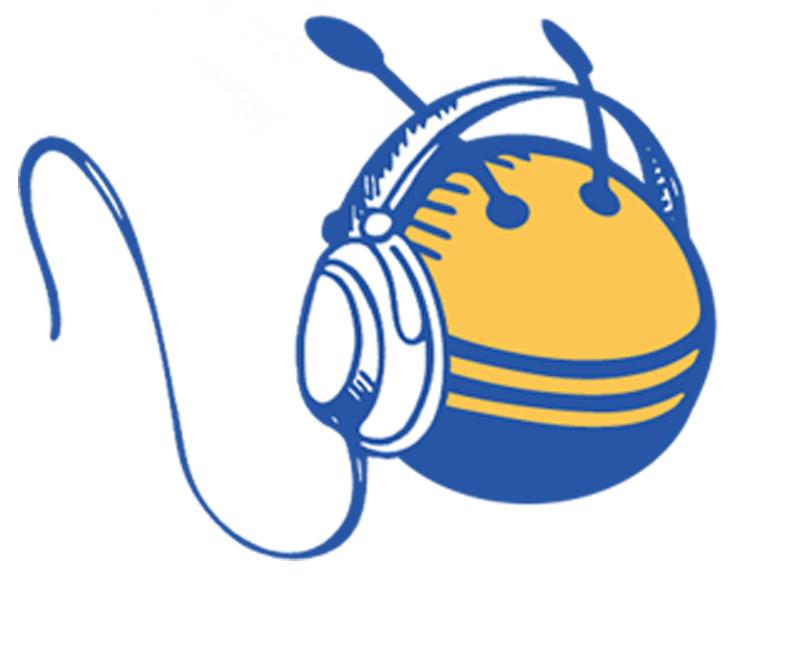 Check out the BuzzStream Podcast
Check out the BuzzStream Podcast


